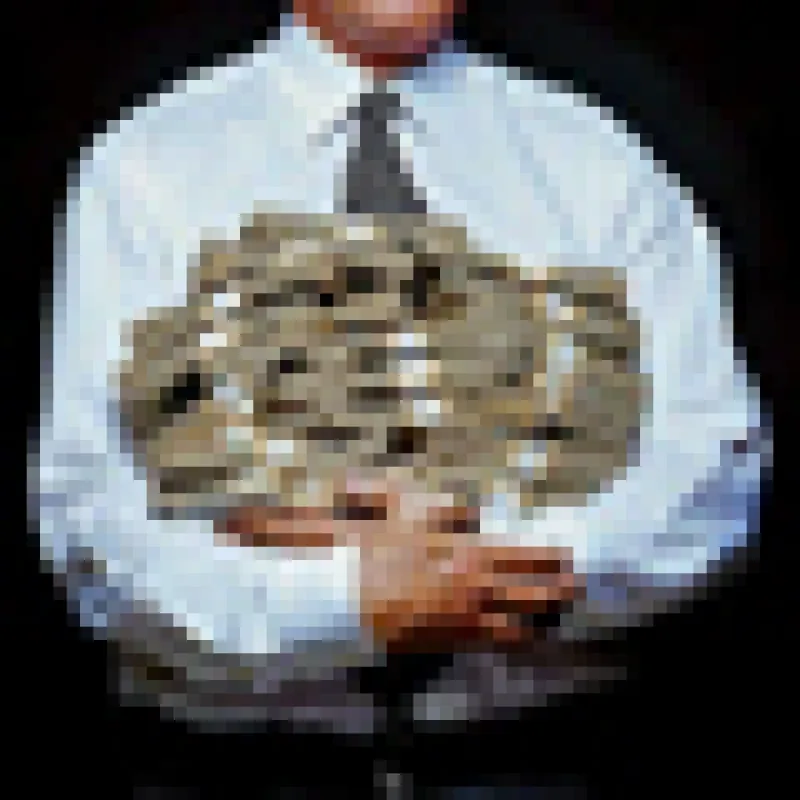
But, that’s what Dreyfus Corp. thinks it can do. The firm that made the Wall Street lion famous earlier this week announced the creation of the Dreyfus Dynamic Alternatives Fund, which it says seeks total return that approximates or exceeds the total return of a diversified portfolio of hedge funds included in the HFRI Composite Index.
However, if it remotely resembles the scores of other mutual funds that believe they are the Robin Hood of mutual funds — take the “winning” strategies of the best hedge funds and bringing them to the little guy — then thanks, but no thanks. Stay away from the fund.
Jon Baum, chairman and CEO of Dreyfus, says in a press release the strategy seeks to replicate the HFRI returns using relatively liquid instruments and tactically allocate to managed futures in volatile markets in order to mitigate downside risks. Sounds like those absolute return strategies touted before the market meltdown resulted in a lot of funds dropping by double-digit rates.
Here’s how Dreyfus plans to pull this off. Its portfolio manager will use proprietary statistical models to estimate the market exposures that drive the aggregate returns of the hedge funds and certain managed futures included in the HFRI Index and then implement a strategy that relies extensively on derivative instruments in seeking to replicate those exposures. “To determine the allocation of fund assets between the hedge fund beta replication strategy and managed futures replication strategy, the portfolio managers use a proprietary macro risk allocation model,” it adds.
Sounds savvy.
It stresses this is not a fund of funds that makes direct investments in hedge funds.
Of course, it will cost you big time. The expense ratio for the Class C shares is 2.20 percent. But, wait, this may be for the first year only, when Dreyfus is waiving certain fees. The top expense ratio may surge to 2.55 percent after that. The A shares, which don’t come with a marketing (12b-1) fee, work out to 1.45 percent initially and 1.80 percent if subsequently raised.
Sounds like my Triple Play deal from Cablevision.
However, keep in mind the expense ratio does not include transaction costs generated by taxes. This is critical because the fund warns there will be high turnover.
Existing hedge fund wannabes among the mutual fund set typically have turnovers that exceed 200 percent and expense ratios of between 2 percent and 2.5 percent. The average expense ratio for the group is just shy of 2 percent, according to Morningstar.
However, if the Dreyfus fund fares anything like the scores of the retail hedge fund wannabes, it will probably underperform traditional mutual funds.
According to Morningstar, so far this year the average “Alternative” fund is down 0.21 percent. Granted, this is skewed by the bear market funds, which emphasize shorting. Four other sub-groups within the alternative universe are up — between 0.66 percent for currency funds and 6.51 percent for equity precious metals funds. Long-short funds are up 1.45 percent so far this year.
How does this compare to mutual funds in general? Well, all funds excluding alternatives on average are up 5.26 percent. U.S. Equity funds are up more than 7.8 percent. The longer term comparisons don’t exactly suggest the mutual fund alternatives are the second coming of Alfred Winslow Jones.
In the most recent one-year period, the Alter native Group climbed just 10 percent or so compared with 42 percent for all funds and more than 54 percent for U.S. equity funds. Long-short funds rose just 16 percent.
I know. These hedge fund wannabes are not designed to outperform during a rip-roaring bull market. I get it.
So, let’s look at the longer term performance when stocks and other investments enjoyed a wild round-trip. After all, alternatives are designed to mitigate the downside. And we all know how hard it is to recover from a huge drawn-down.
Drum roll please: Over the most recent three-year period, alternatives underperformed, down 3.28 percent versus minus 1.26 percent. Long-short was down 1.49 percent. Still worse than the non-alternatives. They fared just a little better than U.S. Equities, which lost 3.82 percent. But, certainly not by a resounding amount, and certainly not worth the added expenses.
And over the most recent five-year period, all mutual funds as well as U.S. Equity funds in particular outperformed all Alternatives on average as well as just the long-short group. Granted, there are individual alternative funds that fared much better. But, there was no way of knowing which ones would outperform until after the fact.
So, Dreyfus may or may not outperform over the next few years. But, certainly history shows it is not worth taking the chance. Retail investors are better off sticking to Index funds or ETFs that track a large basket of stocks, like the Wilshire 5000 or the S&P 500, and leaving the risky investing to David Tepper, Steve Mandel and John Paulson.
Stephen Taub, who has covered the hedge fund industry for 30 years, is a contributing editor to Institutional Investor and Absolute Return-Alpha magazines and former editor of Financial World magazine.







